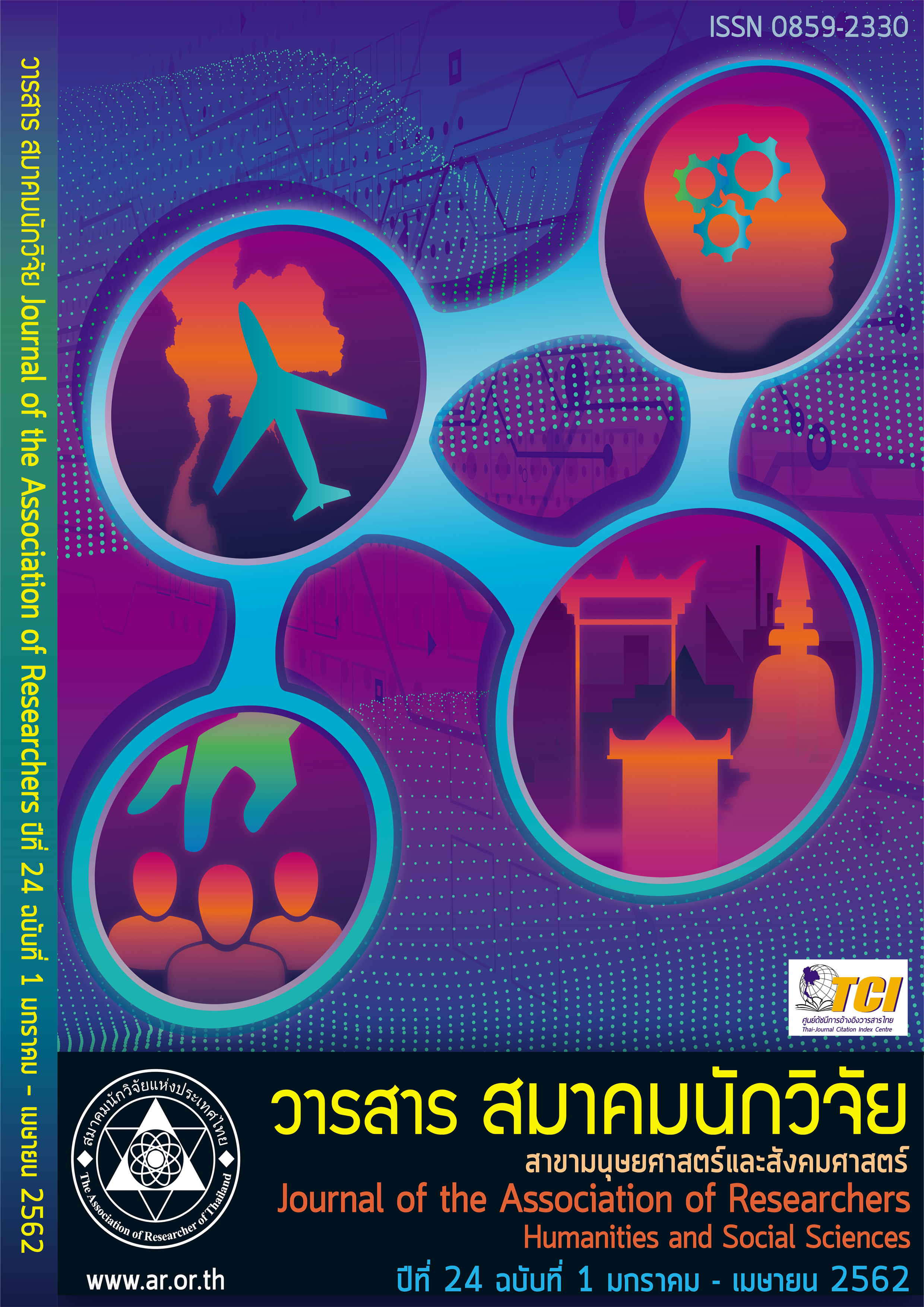Leadership and Counseling for Child and Juvenile Criminal Offenders: A Case Study of Counselors in the Juvenile and Family Court in Samut Sakhon Province and Neighboring Provinces
Main Article Content
Abstract
Leadership and Counseling for Child and Juvenile Criminal Offenders: A Case Study of Counselors in the Juvenile and Family Court in Samut Sakhon Province and Neighboring Provinces is a qualitative research with the purpose to form a model of leadership and counseling for child and juvenile criminal offender of counselors in the Juvenile and Family Court in Samut Sakhon Province and neighboring provinces which consists of documentation analysis, in-depth interviews and group interviews. Data were collected from 18 samples, including 5 judges, 7 counselors, and 6 psychologists. The research areas were the Juvenile and Family Court in Samut Sakhon Province and the neighboring provinces. The research found that a model of leadership and counseling for child and juvenile criminal offender of counselors in the Juvenile and Family Court in Samut Sakhon Province and neighboring provinces consisted of 11 elements being a good examples, have a spirit of love and understanding, have positive attitudes, have emotional stability, have a good role-playing adjustment, have diverse experience and knowledge, have a personality of faith and trust, have the skills to apply and integrate, have counseling psychology skills, effective-oriented counseling, and being a leader of change.
Article Details
บทความที่ปรากฏในวารสารนี้ เป็นความรับผิดชอบของผู้เขียน ซึ่งสมาคมนักวิจัยไม่จำเป็นต้องเห็นด้วยเสมอไป การนำเสนอผลงานวิจัยและบทความในวารสารนี้ไปเผยแพร่สามารถกระทำได้ โดยระบุแหล่งอ้างอิงจาก "วารสารสมาคมนักวิจัย"
References
M. Bass and Bruce J. Avolio. (1994). Improving Organization Effectiveness Through Transformational Leadership. California: Sage Publications, 1994.
Bernard M. Bass. (1988). Improving Perspective on Charismatic leadership. in Charismatic Leadership, eds. Jay A. Conger, Rabindra N. et al. San Francisco: Jossey-Bass
Conger, J. A., Kanungo, R. N. (1988). Charismatic leadership: The elusive factor in organizational effectiveness. San Francisco, CA: Jossey-Bass, 1988.
Leithwood, K. and Jantzi, D. (1996). Toward an explanation of variation in teacher’s perceptions of Transformational School Leadership. Education Administration Quarterly.
Translated Thai Reference
Aphiradee Phophrom. (2010). 8 years of waiting for the advancement of the Rule of Law. Family Court and Juvenile and Family Procedure Act B.E. 2010. [Online]. Source: YuthithamParithat Journal. Electronic Library of the Judiciary: http://www.library.coj.go.th/Info/48021?c=281785513 (In Thai).
Duangjai Nakhin Jaijanduen. (2012). Roles Of Psychologists And Counselors And Facilitators In The Meeting With Development Of The Counseling And Coordination Of The Meeting For The Rehabilitation Of Children, Youth And Family. Bangkok: Juristic Official Development Institute, Office of the Judiciary. (In Thai).
Information Technology Center of the Department of Observation and Protection of Children and Youth. Percentage of Repeated Offense Cases Prosecuted By Detention Centers across the Country. [Online]. Source: http://www.djop.go.th/stat/statbetween2008-2011 (In Thai).
Nannaphat Sirichatchawanwong, Siwa Jongjit, and Atchawawan Issaro. (2016). The Use Of Substitute Measure For Criminal Cases In The Case Of Children And Youth Criminal Offender: A Case Study Of Children And Youth In The Jurisdiction Of Songkhla Juvenile And Family Court In 2014 – 2016. 7th Hat Yai National and International Conference at Hat Yai University, Hat Yai Province, 23 June 2016, page 322-335. (In Thai).
Saowanee Sanguanklin. (2014). Law Enforcement against Repeated Offenses of Children and Youth. Mahidol University: Publish place is unknown. (In Thai).
Sumonthip jitsawan and Piyaphon Thannikul. (2017). Evaluating the Performance of the Judicial Process under Family Court and Juvenile and Family Procedure Act. (In Thai).


